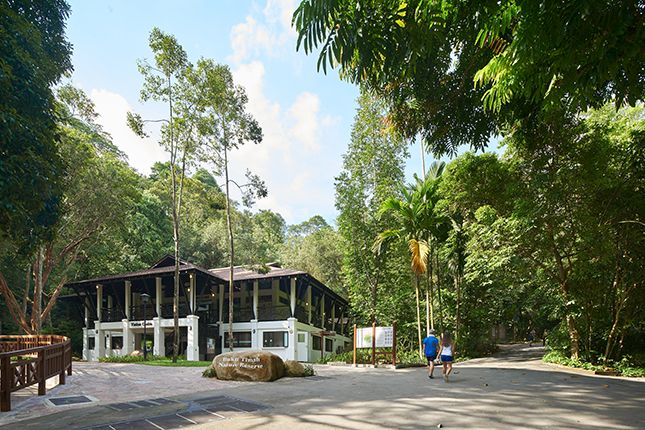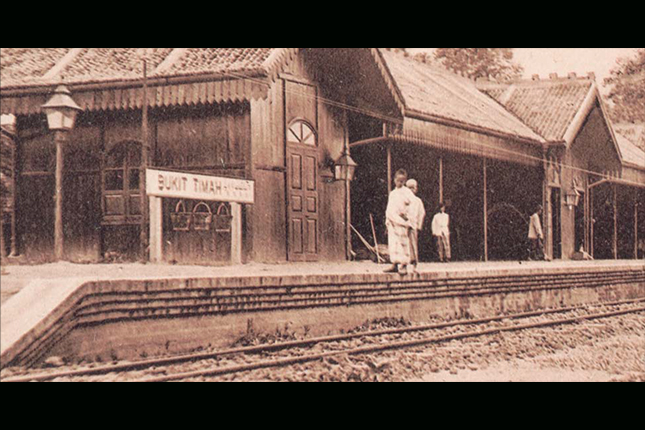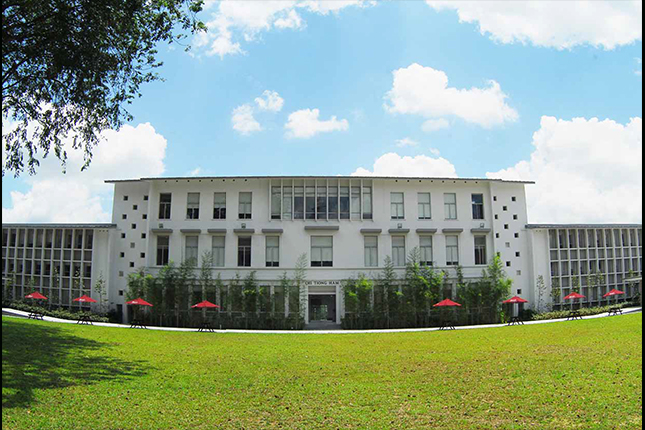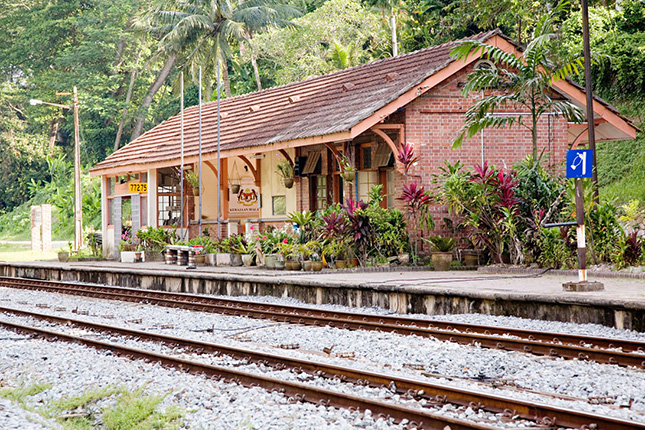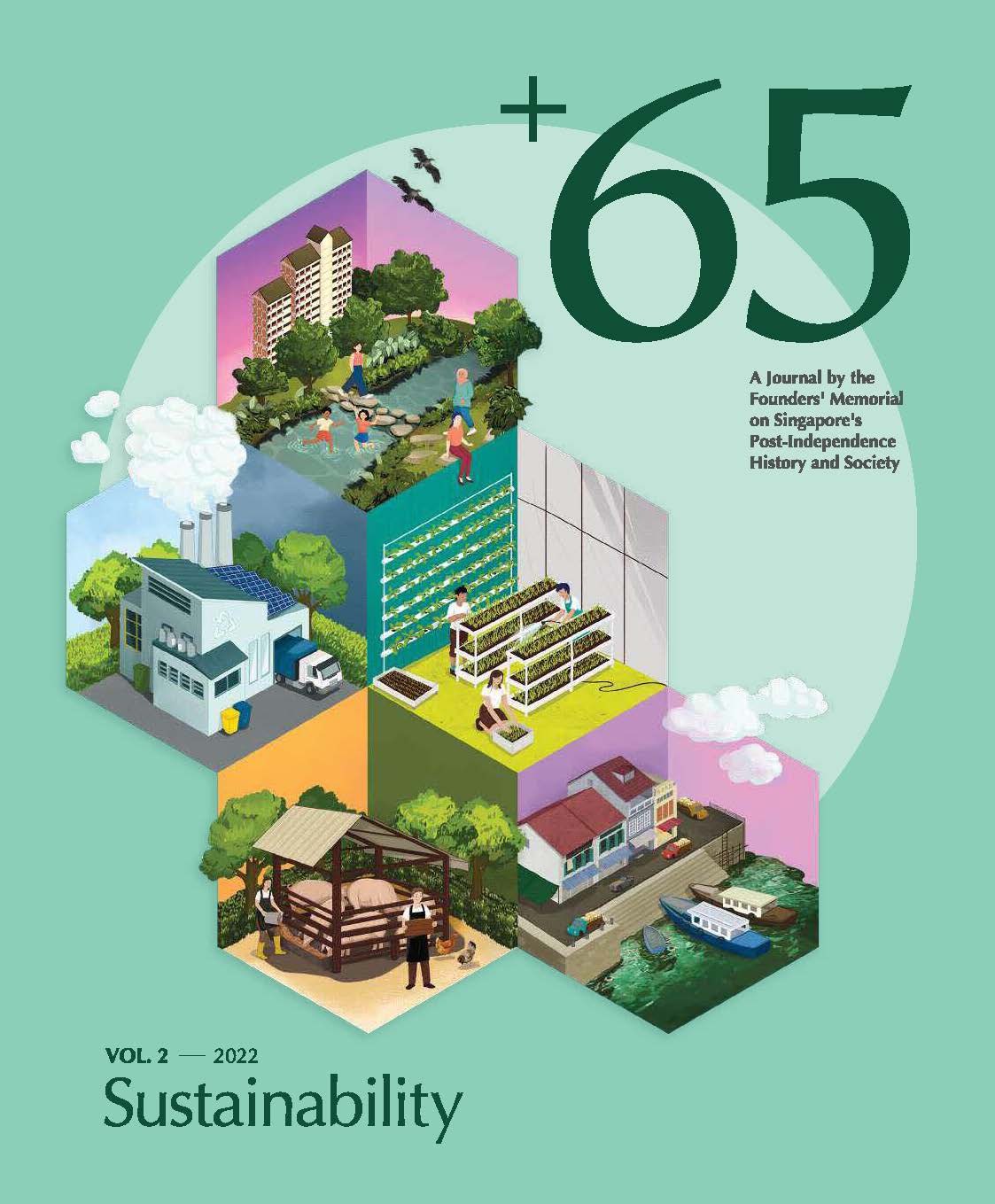Bukit Timah Nature Reserve contains the largest contiguous tract of primary rainforest on the island, and it is one of the remaining few places where one can experience Singapore’s primeval forest environment. The reserve was first established by the British colonial government in the mid-1880s and it covers a total of 163 hectares today.
A third of the reserve comprises primary rainforest which includes Dipterocarp species such as the Seraya, Meranti, Keruing and Mersawa trees. It is also a haven for wildlife, including the Malayan Colugo, Clouded Monitor, and the rare and endangered Sunda Pangolin. The streams found within the reserve are also the habitat of the Singapore Freshwater Crab, an endemic species not found elsewhere in the world.
Despite its status as a forest reserve from the late 19th century, the reserve was threatened at various points by unregulated timber logging, granite quarrying and the illegal establishment of vegetable farms and plantations. During the 1980s, the construction of the Bukit Timah Expressway and other urban developments further contributed to the pollution and degradation of the ecosystem.
Fortunately, from the 1990s, a series of new initiatives were implemented to protect the native biodiversity in the reserve, and these included the addition of nature parks (such as Hindhede Nature Park) to act as buffers from surrounding urban redevelopment, and the installation of the Eco-Link@BKE wildlife bridge in 2013 to restore the ecological link between Bukit Timah Nature Reserve and the Central Catchment Reserve.
The 163-metre-tall Bukit Timah Hill, located within the reserve, also featured prominently during the battle for Singapore in February 1942. As the highest hill in Singapore, it offers a panoramic view of the island, which made it a strategic target for the invading Japanese forces.




